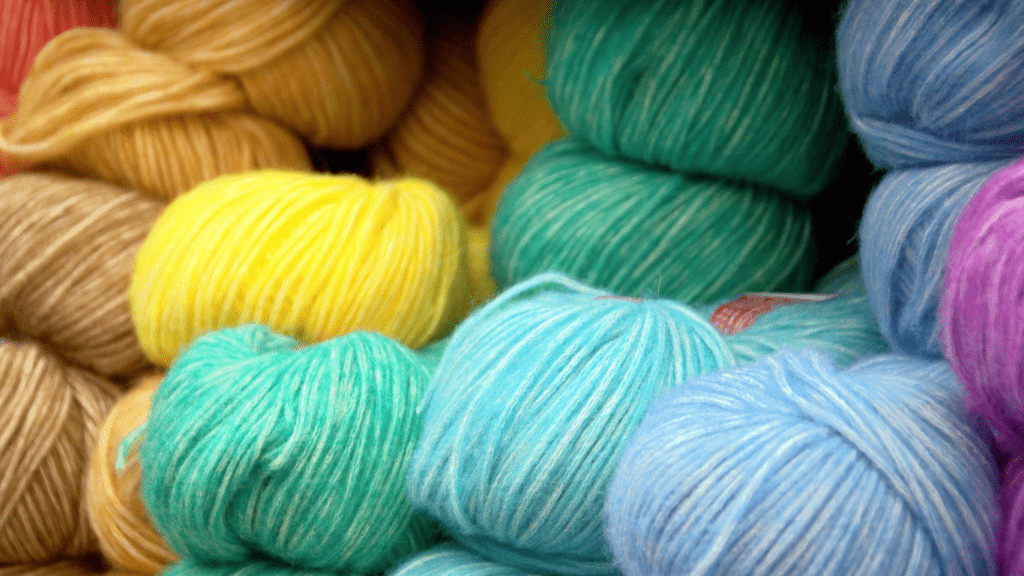Looking to make your home more energy-efficient while reducing your carbon footprint? In my latest article, I’ll guide you through some simple and effective DIY eco-friendly home insulation solutions. From recycled materials to energy-saving techniques, there are plenty of budget-friendly options to explore.
I’ll share practical tips on how to insulate your home using sustainable materials that not only help the environment but also lower your utility bills. Whether you’re a seasoned DIY enthusiast or just starting to explore eco-friendly living, these insulation solutions are easy to implement and can make a significant impact on your home’s energy efficiency.
Join me as I delve into the world of DIY eco-friendly home insulation solutions and discover how you can create a more sustainable living space while saving money in the process.
Understanding the Basics of Home Insulation
Insulation is a fundamental aspect of creating an energy-efficient home. Proper insulation helps in maintaining a comfortable indoor temperature, reducing energy consumption, and lowering utility bills.
Why Insulation Is Crucial for Your Home
Insulation is essential for your home as it acts as a barrier against heat flow. By insulating your home, you can regulate indoor temperatures, keeping it warm in winter and cool in summer. This leads to energy savings and a more comfortable living environment.
Types of Insulation Materials
When insulating your home, you have various options for insulation materials. Common materials include fiberglass, cellulose, spray foam, and reflective foil. Each type of insulation material has its properties and benefits, catering to different home insulation needs.
Exploring DIY Eco-Friendly Home Insulation Materials
When it comes to DIY eco-friendly home insulation, choosing the right materials is crucial for enhancing energy efficiency and reducing your home’s carbon footprint.
- Wool Insulation
Wool insulation is a sustainable option that offers excellent thermal performance. It’s a natural insulator that can help regulate indoor temperatures and reduce energy consumption. Additionally, wool is fire-resistant and can absorb indoor air pollutants, making it a healthy choice for home insulation. - Cotton and Denim Insulation
Cotton and denim insulation are made from recycled materials, making them eco-friendly options for home insulation. These materials are safe to handle and install, providing effective thermal insulation while reducing waste in landfills. Cotton and denim insulation are also excellent at absorbing sound, creating a quieter and more comfortable living environment.
Cellulose Insulation
Cellulose insulation is made from recycled paper products treated with fire-retardant chemicals, making it a safe and environmentally friendly option for home insulation. It offers good thermal performance and is effective at reducing energy costs. Cellulose insulation is ideal for filling gaps and cavities, providing a seamless barrier against heat loss and drafts in your home.
How to Install DIY Insulation
To successfully install DIY insulation in your home, follow these steps for a cost-effective and environmentally friendly approach.
Preparing Your Space
Before starting the installation process, ensure that your space is clean and free of any debris. Verify that the area is dry to prevent moisture issues that could affect the insulation’s efficiency.
- Measure and Cut: Begin by measuring the insulation materials to fit the designated area accurately. Use a sharp utility knife to cut the material to the required size.
- Place Insulation: Carefully place the insulation material into the walls, ceilings, or floors, ensuring a snug fit without any gaps that could compromise its effectiveness.
- Secure Insulation: Use appropriate methods like staples, adhesive, or insulation supports to secure the material in place and prevent sagging over time.
- Seal Gaps: Inspect the installation for any gaps or spaces where air leaks could occur. Seal these areas with caulk or weather-stripping to maximize the insulation’s performance.
- Test Effectiveness: Once installed, monitor the insulation’s effectiveness by checking for drafts or temperature variations in the room. Make adjustments as needed to optimize its efficiency.
By following these simple steps, you can easily install DIY insulation in your home, creating a more energy-efficient and comfortable living environment while reducing your carbon footprint.
Benefits of Eco-Friendly Insulation
Insulating your home with eco-friendly materials offers several advantages beyond just energy efficiency. Let’s delve into the benefits in more detail:
Energy Efficiency
Using eco-friendly insulation can significantly improve the energy efficiency of your home. Properly insulated spaces reduce heat loss in the winter and keep cool air inside during the summer. This can lead to lower energy bills and a more comfortable indoor environment.
Environmental Impact
Opting for eco-friendly insulation materials helps reduce your carbon footprint and lessen environmental impact. By using sustainable materials like cellulose or recycled denim, you contribute to conservation efforts and promote a healthier ecosystem. Additionally, eco-friendly insulation often requires less energy to manufacture, further decreasing overall environmental harm.
 Jameser Knowlesicker is the visionary founder of the project, passionately advocating for urban agriculture and sustainability. His commitment to transforming city landscapes into vibrant green spaces led him to create a platform that disseminates the latest news and trends in urban farming. Jameser focuses on promoting eco-friendly practices and products, emphasizing the health benefits of growing one’s own food. Under his leadership, the project has become a vital resource for urban gardeners and sustainability enthusiasts, inspiring collective efforts to foster environmental sustainability and enhance urban life.
Jameser Knowlesicker is the visionary founder of the project, passionately advocating for urban agriculture and sustainability. His commitment to transforming city landscapes into vibrant green spaces led him to create a platform that disseminates the latest news and trends in urban farming. Jameser focuses on promoting eco-friendly practices and products, emphasizing the health benefits of growing one’s own food. Under his leadership, the project has become a vital resource for urban gardeners and sustainability enthusiasts, inspiring collective efforts to foster environmental sustainability and enhance urban life.